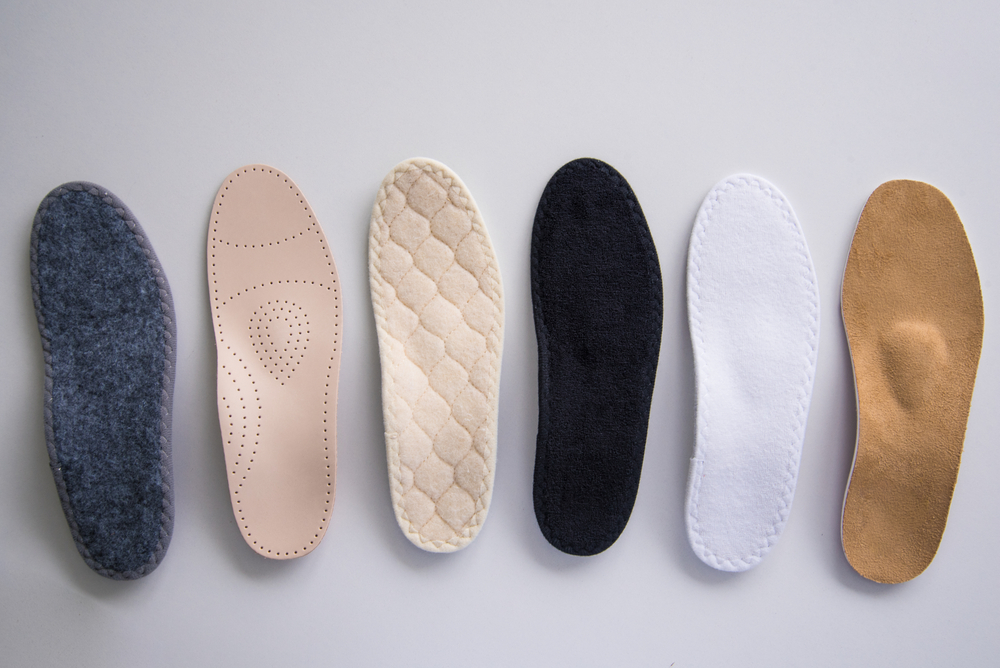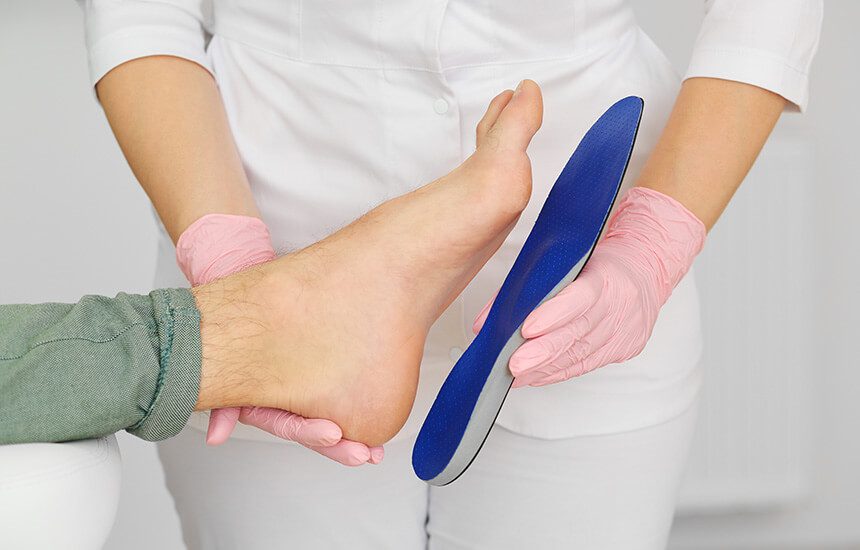Ski Boot Fit Methods Longmont CO
Cold toes in ski boots is a standard issue confronted by skiers, affecting their comfort and total performance on the slopes (Ski & Snowboard Boot Fitting Overview Lyons CO). Warmth is essential for an gratifying skiing experience, and chilly ft can diminish the thrill of gliding down a snow-covered mountain. Understanding the explanations behind chilly feet in ski boots and techniques to combat it might possibly make a major difference in your snowboarding adventures
Ski boots are designed to offer the support needed for snowboarding but can be a supply of discomfort. A tight fit, while essential for control, can limit blood flow, leading to cold ft. This is especially true if the boots are too small or not properly fitted. Ensuring that ski boots are the proper measurement is the primary step in preventing chilly toes.
The Fitting Process for Ski Boots Northglenn CO
Another factor contributing to chilly ft in ski boots is moisture. When your toes sweat inside the boots, that moisture can result in a chilling effect because the temperature drops. Skiing often includes excessive power expenditure, and the warmth generated contained in the boots can shortly be misplaced as sweat accumulates. Using moisture-wicking socks or boot liners can significantly alleviate this drawback.
Insulation in ski boots performs a crucial function in keeping ft heat. Many boots include varying levels of insulation, and the selection of fabric can influence how properly they preserve heat. Insulated boots are designed to keep heat in, but deciding on the right degree of insulation according to the local weather and individual preferences is essential. Some skiers choose extra layers, whereas others may discover thicker liners too constricting.

Choosing the best socks is just as essential as selecting the best boots. Thick, cumbersome socks can impede circulation, leading to chilly feet in ski boots. Opting for thin, high-performance ski socks created from materials designed to wick moisture might help hold feet heat. Additionally, keep away from cotton socks as they retain moisture and contribute to cooling down.
Another often-overlooked side is how one dresses for a ski outing. A comprehensive layering system is important. For ski trips, maintaining the complete body warm ensures that extremities, just like the toes, stay warm as properly. Investing in high quality base layers, mid-layers, and outerwear may help optimize body temperature and circulation.
Ski Boot Maintenance for Continued Fit Westminster CO
Using foot warmers or heated insoles could be notably effective for those susceptible to chilly toes. These devices present an additional heat source and could be present in varied forms, from disposable chemical warmers to rechargeable battery-operated options. They might help extend comfort all through the day on the slopes.
Adjusting the best way you fasten your boots also can make a big distinction. Ski boots must be cosy but not overly tight. A too-tight fit can constrict blood flow, resulting in chilly toes. Learning tips on how to correctly adjust the buckles may help achieve a cushty fit that balances heat and performance.
Take observe of how long you spend standing still versus skiing. Cold feet are often exacerbated by inactivity. During breaks or while waiting in lines, ft have a tendency to chill down considerably. Making an effort to keep shifting, even when ready, might help keep warmth.
Choosing the Right Ski Boot Fit Niwot CO
Plan your breaks correctly. When taking a break, find a warm spot to rest. Stamping your toes or doing simple workouts can maintain your blood circulating and stop cold feet in ski boots. Remaining conscious of your physique's temperature can guide well timed interventions to maintain warmth locked in.
Remember that choosing the right ski resort and conditions can also affect how cold feet really feel. Some areas are identified for his or her biting winds and lower temperatures. More protected ski areas with sunnier conditions can present a greater snowboarding experience. Thus, the choice of skiing location can indirectly affect how chilly or warm your ft feel throughout the day.
Finally, staying hydrated is essential. When the physique is well-hydrated, circulation improves, which is important for sustaining heat. It’s simple to neglect to drink water while involved in activities, especially in chilly climate, but making a acutely aware effort to stay hydrated can have significant benefits.

Addressing chilly ft in ski boots often entails trial and error, adapting gear and strategies to find the right solution for individual needs. Every skier is different, and what works for one person may not work for one more. It’s essential to experiment with various socks, boot types, and layering methods to search out the simplest combination for oneself.
Tips for a Great Boot Fit Frederick CO
Ultimately, enjoying snowboarding to the fullest requires consideration to the little things that impact comfort and performance. Understanding the causes of cold toes in ski boots and implementing methods to stop it could possibly rework a cold ski day into an exhilarating expertise. By keeping toes heat, skiers can focus on soaking in the great thing about the mountains and the thrill of the experience.
Cold toes should not be a recurring challenge however rather a possibility for skiers to refine their setup and methods. Emphasizing warmth and luxury ensures a more gratifying day on the slopes, allowing for longer and extra fulfilling runs. Each skier can take proactive steps to mitigate the coolness, turning skiing right into a joyous winter adventure somewhat than a battle against the chilly.
As the season unfolds, remember that snowboarding is about enjoying the mountains, the contemporary air, and the thrill of gliding on snow. Keeping cold ft at bay enhances every facet of the expertise, permitting for a concentrate on technique and pleasure quite than discomfort.
Find a Fitter for Bootfitting Dacono CO
Finding joy in snowboarding is possible by addressing every thing from boot fit to sock selection, layering, and hydration. By prioritizing these parts, skiers can guarantee they've the right measures in place against chilly feet, allowing each trip down the slope to be as exhilarating as supposed.
- Proper fit of ski boots is essential; an excessive quantity of room can lead to chilly toes as a outcome of insufficient blood circulation.
- Insulating footbeds produced from supplies like gel or specialized foam can enhance heat by offering thermal safety.
- Toe warmers or heated insoles are efficient accessories to combat cold ft, particularly in extremely low temperatures.
- Keeping ft dry is crucial; moisture from sweat can lead to significant cooling, so moisture-wicking socks are recommended.
- Choosing the best socks, usually made from merino wool or synthetic blends, can considerably improve heat and luxury.
- Periodically taking breaks permits for foot movement and circulation, serving to to alleviate numbness and improve warmth.
- Ensure that ski boots usually are not overly tightened, which can prohibit blood circulate and contribute to chilly sensations.
- Tuning the boot’s insulation level based mostly on climate situations can maintain toes hotter; consider models with adjustable features.
- Using ski boot heaters or foot heaters can present a consistent source of warmth during lengthy outings on the slopes.
- Familiarizing oneself with layering strategies for ski gear can also help in preventing cold ft by maintaining total body warmth.undefinedWhat causes cold feet in ski boots?
Ski Boots: Analyzing Fit Specifications Niwot CO
Cold feet in ski boots is typically brought on by poor circulation, insufficient insulation, or moisture within the boot. If your toes are chilly, it may imply your boots are either too tight, not warm enough, or not fitted properly.
How can I forestall chilly feet while skiing?
To forestall cold toes, guarantee your ski boots fit correctly without being overly tight. Use moisture-wicking socks made from wool or synthetic materials, and think about boot heaters or heated insoles for added warmth.
Ski Boots: Analyzing Fit Specifications Frederick CO
Are ski socks important for preserving my toes warm?
Yes, ski-specific socks are designed to supply heat whereas permitting moisture to flee. They are sometimes thicker around key areas like the toes and shin, enhancing insulation with out compromising comfort.
Is it okay to put on two pairs of socks in ski boots?
Wearing two pairs of socks can truly prohibit circulation, leading to colder ft. It’s better to choose a single, well-fitted moisture-wicking sock designed for snowboarding.
Ski Boot Fitting in North America Dacono CO
What should I do if my feet get chilly whereas skiing? (Comfort Versus Precision in Boot Fitting Firestone CO)
If your feet become cold, take a break to warm them up. Remove your boots for a few minutes, wiggle your toes, and consider including foot warmers or transferring to a hotter setting, if attainable.
Analyzing Foot Shape for Ski Boot Fit Loveland CO
Can boot liners help with cold feet?
Yes, high-quality boot liners can significantly improve insulation and heat. Consider custom or heat-moldable liners that conform to your foot, enhancing each comfort and thermal administration.
How essential is boot fit in preventing cold feet?
A correct boot fit is crucial for stopping chilly toes. Boots ought to be comfortable but not overly tight, allowing for good circulation while keeping heat contained. Poor fitting can result in pressure points, limiting blood circulate.
Boot Fitting Considerations for Skiers Nederland CO
Do the type of ski boots affect warmth?
Absolutely. Insulated or high-performance ski boots typically provide higher thermal safety. Research the specific options of shoes, as some models prioritize warmth along with performance.
Importance of Boot Fitting Niwot CO
Should I be concerned about moisture in my ski boots?
Yes, moisture can contribute to chilly ft. Always dry your boots completely after each use, and think about using waterproof boots or gaiters to maintain snow and moisture out while skiing.
What are some indicators that my ski boots are too tight?
Signs You Need a Boot Fitting Niwot CO
Signs that your ski boots are too tight embrace tingling or numbness in your toes, chilly toes, or noticeable discomfort when sporting them - Creative Solutions for Boot Fitting Problems Louisville CO. If you experience any of those, think about getting an expert fitting or adjusting the boot dimension
Evergreen Boot Fitting Solutions anchor
Comments on “D.I.Y. Boot Fitting Part 1 Guide Loveland CO”